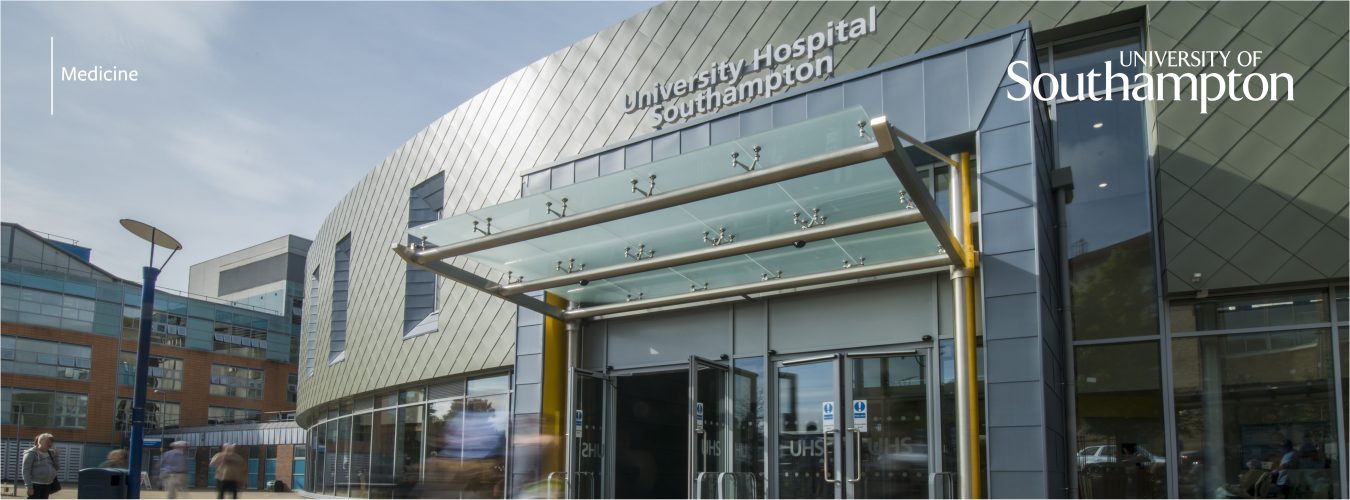As academics, learned societies are important to us. Most of us will be a member of at least one such society, while those with multiple interests may have membership of several. Their role is to promote a particular academic discipline. Most do this in broadly similar ways: through hosting scientific symposia or conferences, publishing journals and providing career development and training opportunities. Increasingly they also engage with stakeholders from the public, industry, funding bodies and the government. These are the “nuts and bolts” of a learned society and represent the tangible ways in which they promote the discipline, support their members and derive an income. But successful learned societies go beyond this: they represent an academic refuge. They are places where academics within a discipline can come together and, even where there may be (sometimes large) differences in the detail of the views held, present a united front because of the common tie that a discipline creates. This is certainly true in my own discipline of nutrition where very disparate views are held about many things, yet these are put to one side through the fellowship created by our learned society, the Nutrition Society.
This year the Nutrition Society celebrates its 80th anniversary; only the American Society of Nutrition is older. The University of Southampton is lucky enough to be hosting the annual Summer Conference of the Nutrition Society from 6 to 8 July. We put in our bid, led by Christina Vogel and Caroline Childs, to host the conference two years ago, obviously not anticipating the events that would follow in 2020 and on into 2021. Our plan to showcase the Highfield campus during the scientific programme and the region during the social programme had to be ditched in favour of an online only event. In the absence of an in-the-flesh experience, we have created short videos and interviews about nutrition science in Southampton. These bring out the unique history and the achievements of the discipline here. Some of you may be aware that nutrition in the University of Southampton has a good external reputation. However, few will be aware of the roots of this reputation which are in fact mingled with the roots of the School of Medicine.
As you will know, discussion around establishing a Medical School in Southampton began in the mid-1960s and by the late-1960s, this had taken shape with the first intake of students into Medicine in 1971. As part of establishing a Medical School in Southampton an endowed Chair in Applied Nutrition was created funded by the Rank Foundation and Geoffrey Taylor was appointed to this Chair in 1969. Such a Chair in nutrition, linked with medicine (and so to health and disease), was unique in the UK, where existing nutrition departments were linked to food science (and so to food production). This foresight of our fathers set nutrition science in Southampton off on a unique path which has taken us to the place we are today. When Geoffrey Taylor retired in 1984, the Dean of Medicine, Barbara Clayton, championed a centrally funded Chair in Human Nutrition within Medicine and a clinician, Alan Jackson, was appointed to this Chair.
Alan Jackson’s clarity about the central role of nutrition in both public health and patient care transformed the organisation and the place of nutrition locally, and later nationally and internationally. New appointments were made to ensure that research, education and service could be provided across basic science, public health and clinical care.
Southampton’s undergraduate degree in nutrition became the first to be accredited in the UK; the first masters course in public health nutrition in the UK was started; a strong link to the MRC Unit was established to research the mechanisms underlying the “early life origins of adult disease” hypothesis; the University established an Institute of Human Nutrition in 1994; a number of novel and important scientific discoveries were made; and many people from Southampton grew to become recognised leaders in the discipline. The fruits of Alan Jackson’s efforts paid off for the University in terms of both academic reputation and funding.
In the first Research Assessment Exercise (RAE) of the early 1990s (the forerunner of the REF), which scored at the departmental level, Human Nutrition received the maximum score of 5. In the second RAE of 1996, we scored 5*, a score that the panel used to describe those departments which had received the maximum previously but whose performance had improved since that time. At the University of Southampton, Engineering was the only other entity to score 5*.
Successes continued into the 21st century: in 2007, NIHR awarded the Hospital Trust-University partnership the country’s first Biomedical Research Unit in “Nutrition & Lifestyle including Obesity”, with an upgrade to Centre status in 2012. All of this has been achieved because in the period from the mid-1960s to the mid-1980s our predecessors wanted to do something different with nutrition science in a UK university setting; they were visionary; they imagined things differently; they were committed; they were brave.
I reflect on this now because of my immense pride in my colleagues past and present and in our University hosting (even virtually) the fellowship that is the Nutrition Society in its 80th anniversary year. But that is a “private” reflection. I share my reflection with you because this part of our shared history is so illustrative of what can be achieved with a strong desire for something different and better, with a vision, with a commitment. Our School of Medicine and our Faculty were born from these things and the current prominent place of our nutrition science locally, nationally and internationally can be directly traced back to the brave decisions that were made then.
You are aware that the Faculty has been discussing its vision, strategy and shape as it looks ahead over the next decades … I think that there are valuable lessons from our past than can inform and guide this discussion.


A lesson from our past … by Professor Philip Calder